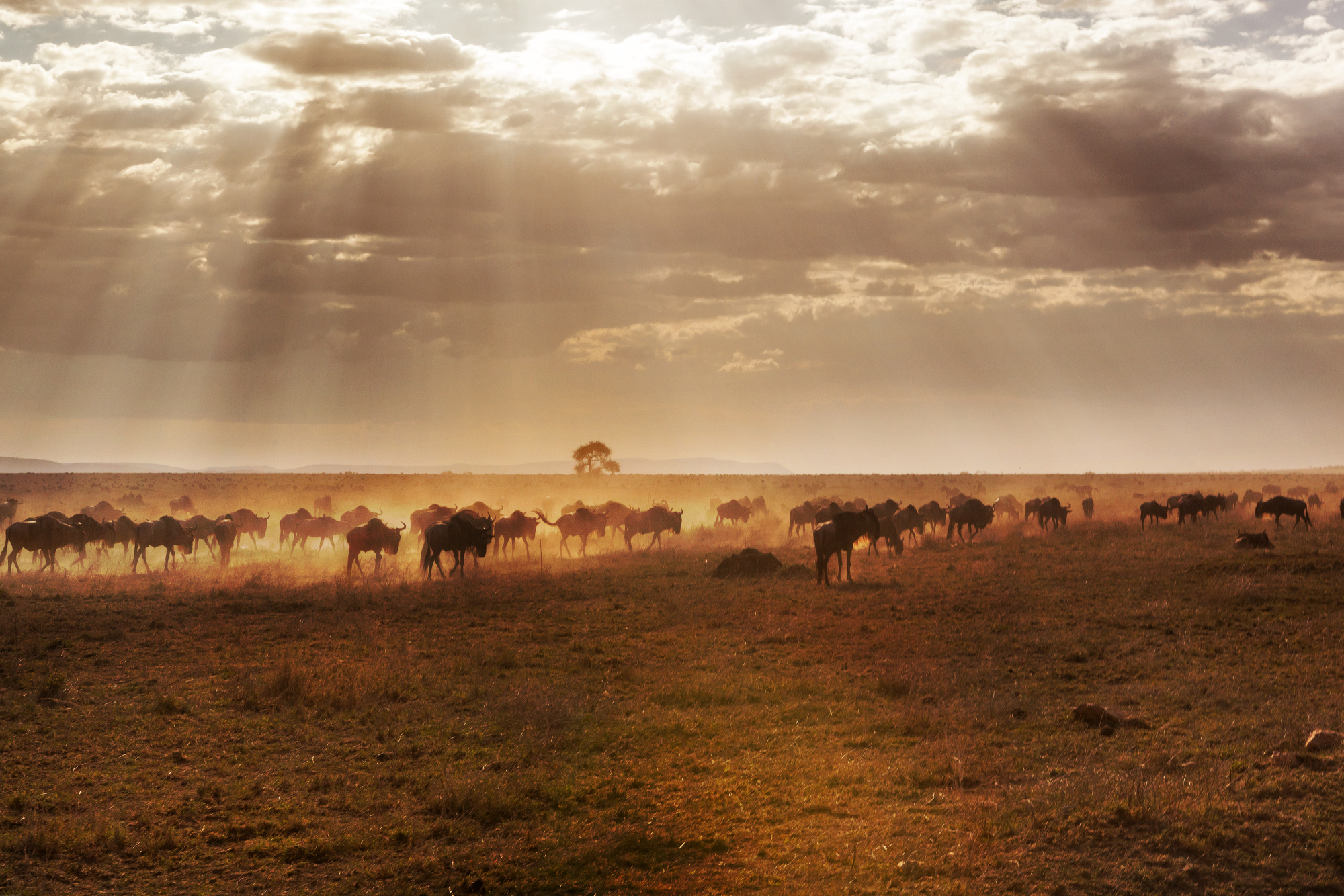Trophy hunting operates within a complex economic framework where the rarity and size of animals significantly drive trophy prices. Rare species often command higher prices due to their scarcity, prestige, and perceived value among hunters. This dynamic can create a dangerous feedback loop, where increasing rarity boosts demand, incentivizing further exploitation—a phenomenon known as the anthropogenic Allee effect. Larger animals also fetch higher prices, not just for their scarcity but for the prestige and challenge they represent, further intensifying pressure on key species like lions and elephants.
Geographic differences, local policies, and hunting regulations also influence trophy prices, with some regions commanding higher fees due to superior trophy quality or stricter management systems. Beyond economics, psychological factors—such as awe of apex predators or cultural attitudes—add another layer of value to certain animals, making them more desirable to hunters.
This combination of market and behavioral factors can lead to conservation challenges. High prices for rare animals risk driving unsustainable practices, undermining long-term wildlife protection. Sustainable hunting models must therefore balance economic incentives with conservation imperatives, ensuring regulation and transparency to prevent overexploitation while supporting local communities and biodiversity goals.

